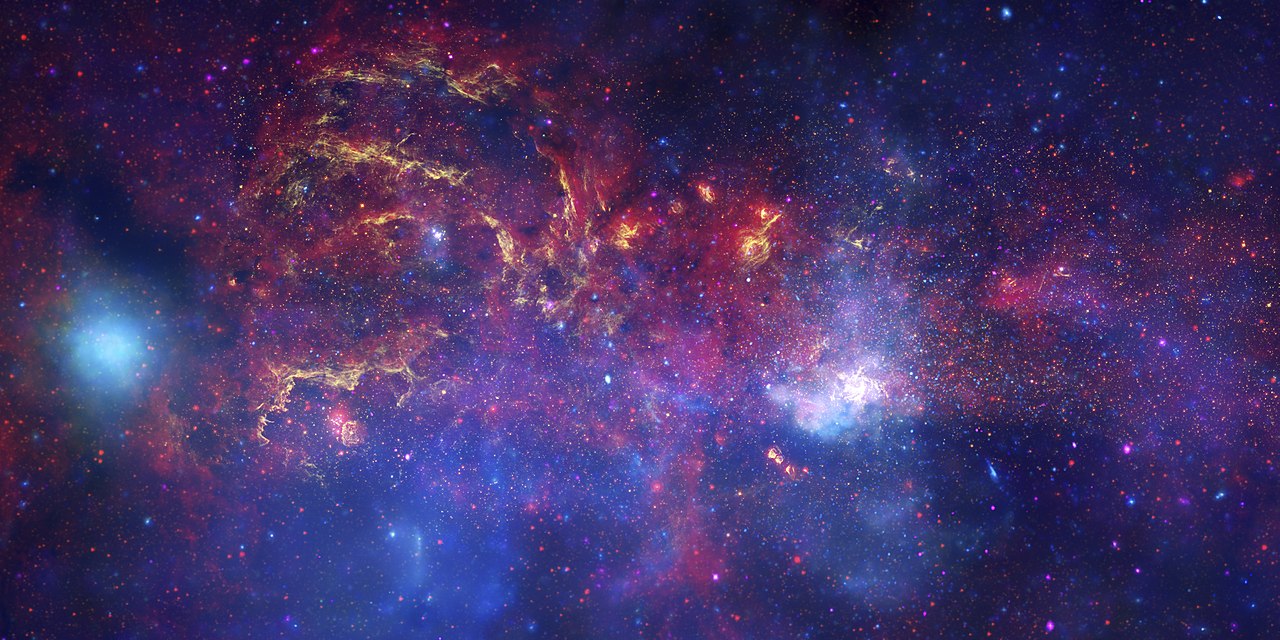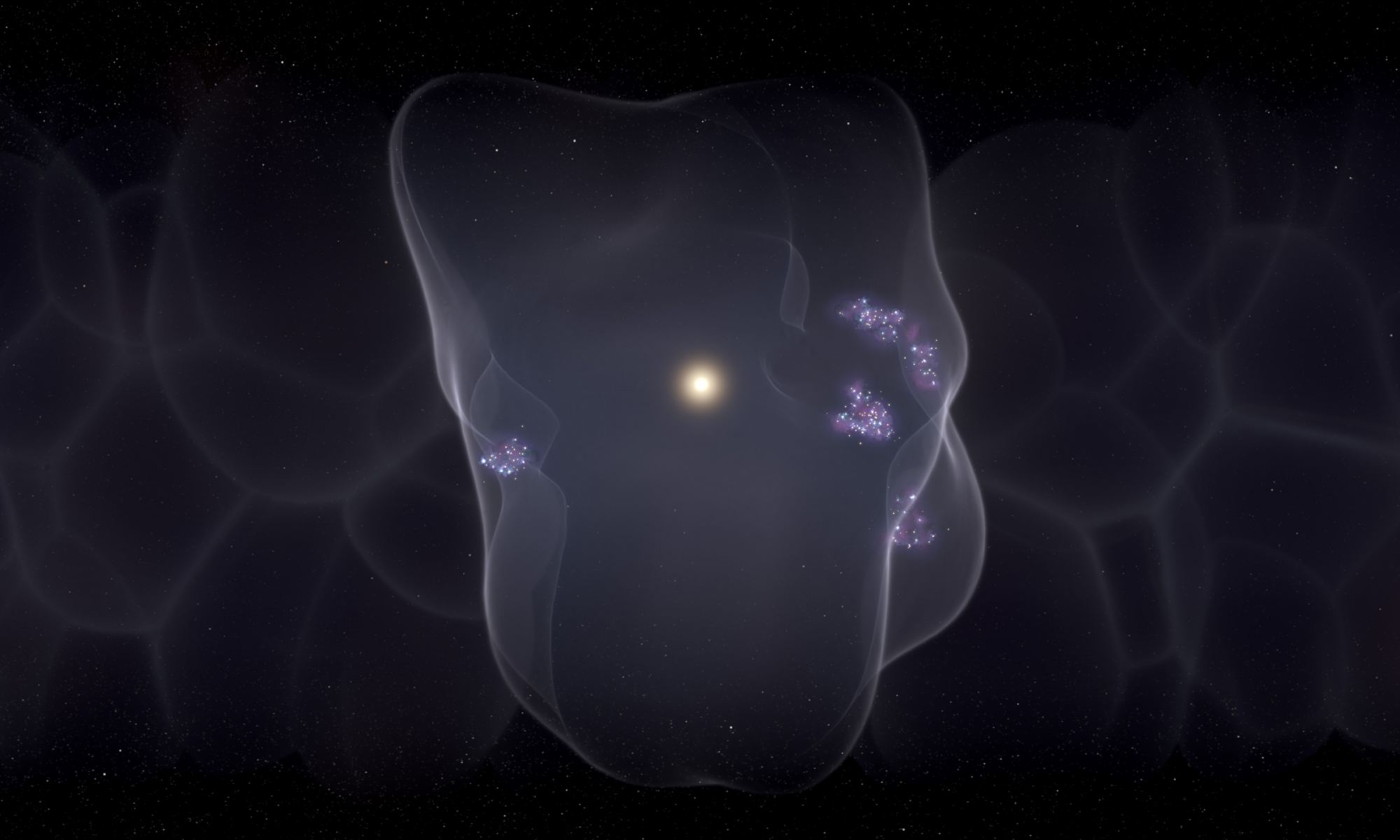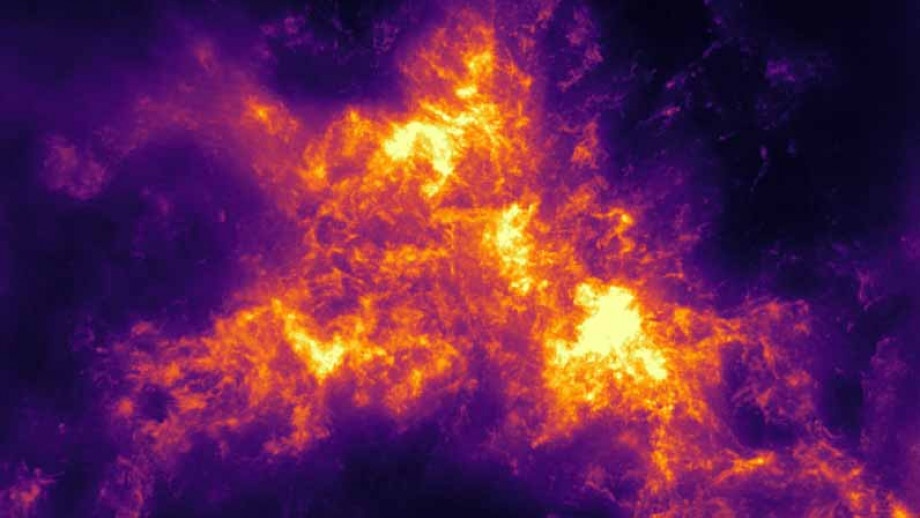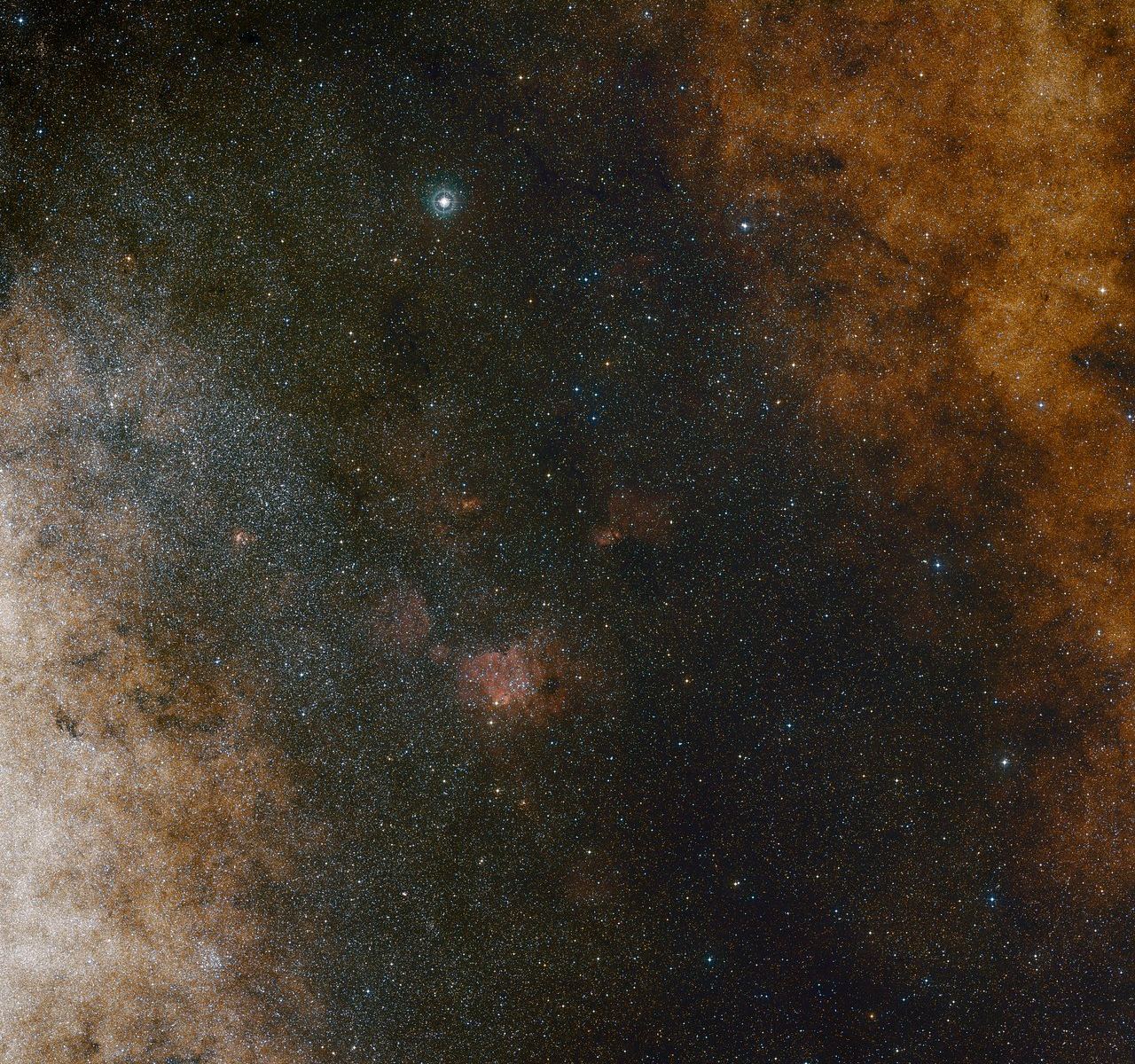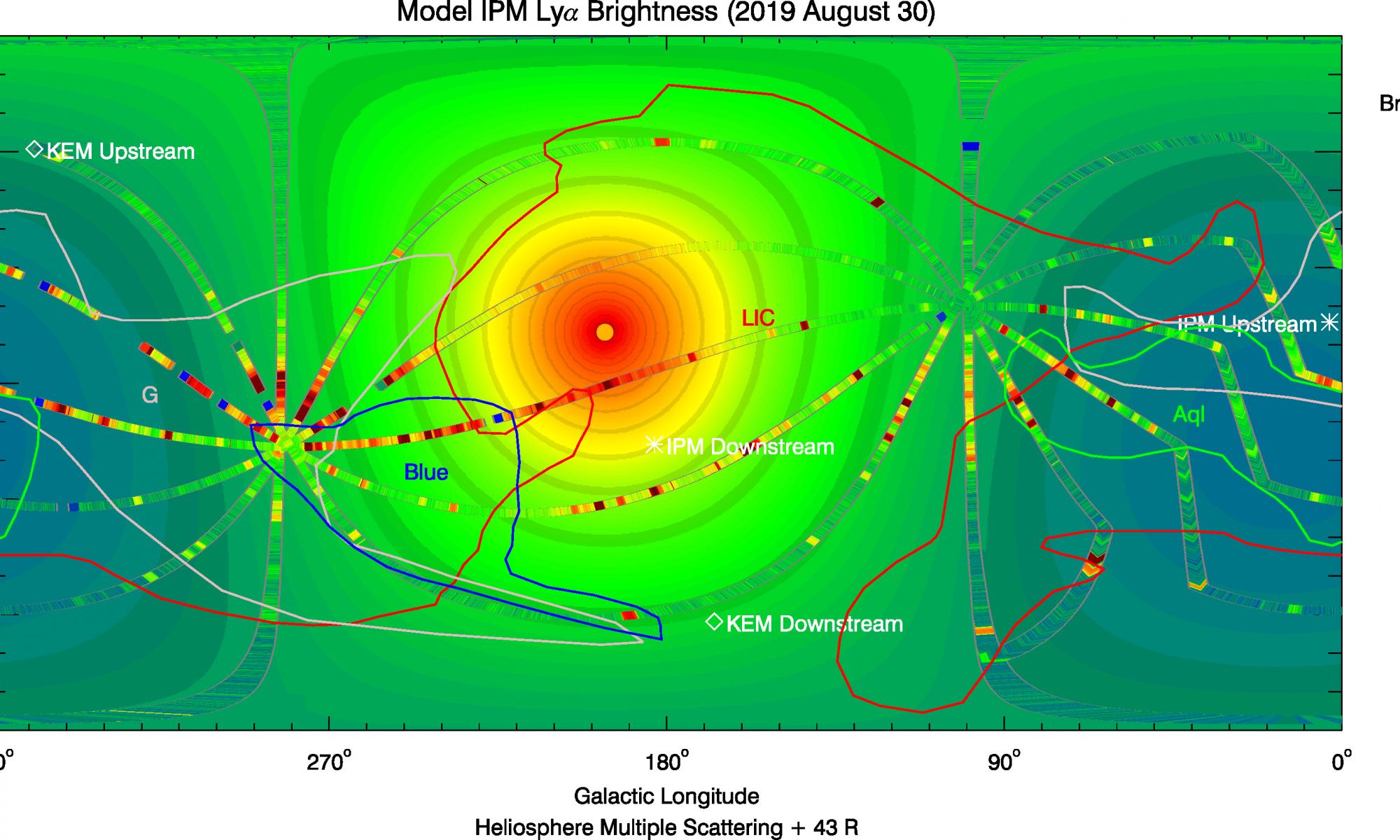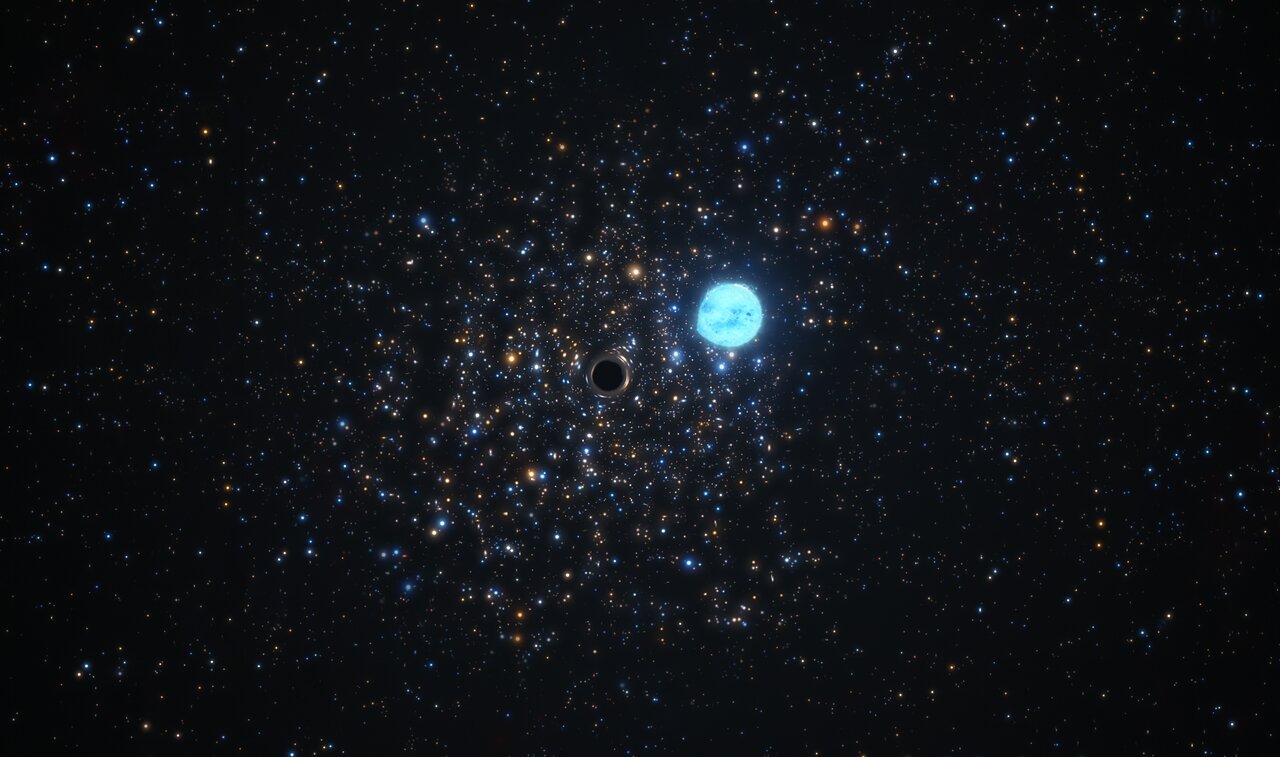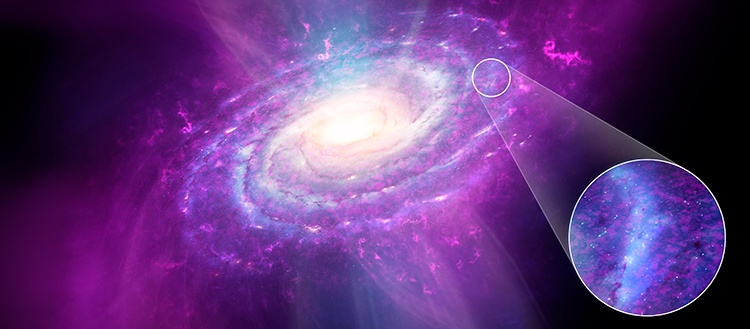Are there civilizations somewhere else in the Universe? Somewhere else in the Milky Way? That’s one of our overarching questions, and an answer in the affirmative would be profound.
Humanity’s pursued the Search for Extraterrestrial Intelligence (SETI) in one form or another since shortly after the advent of radio waves in the early 20th century. Efforts have waxed and waned over the decades, but the search has never been completely abandoned.
The search detected transient hints in the form of unexplained radio waves in the past, but nothing that comprises reliable evidence. Now a new search for technosignatures in the Milky Way’s center has turned up nothing.
Continue reading “Astronomers Scan the Center of the Milky Way for Any Sign of Intelligent Civilizations. Nothing but Silence.”
